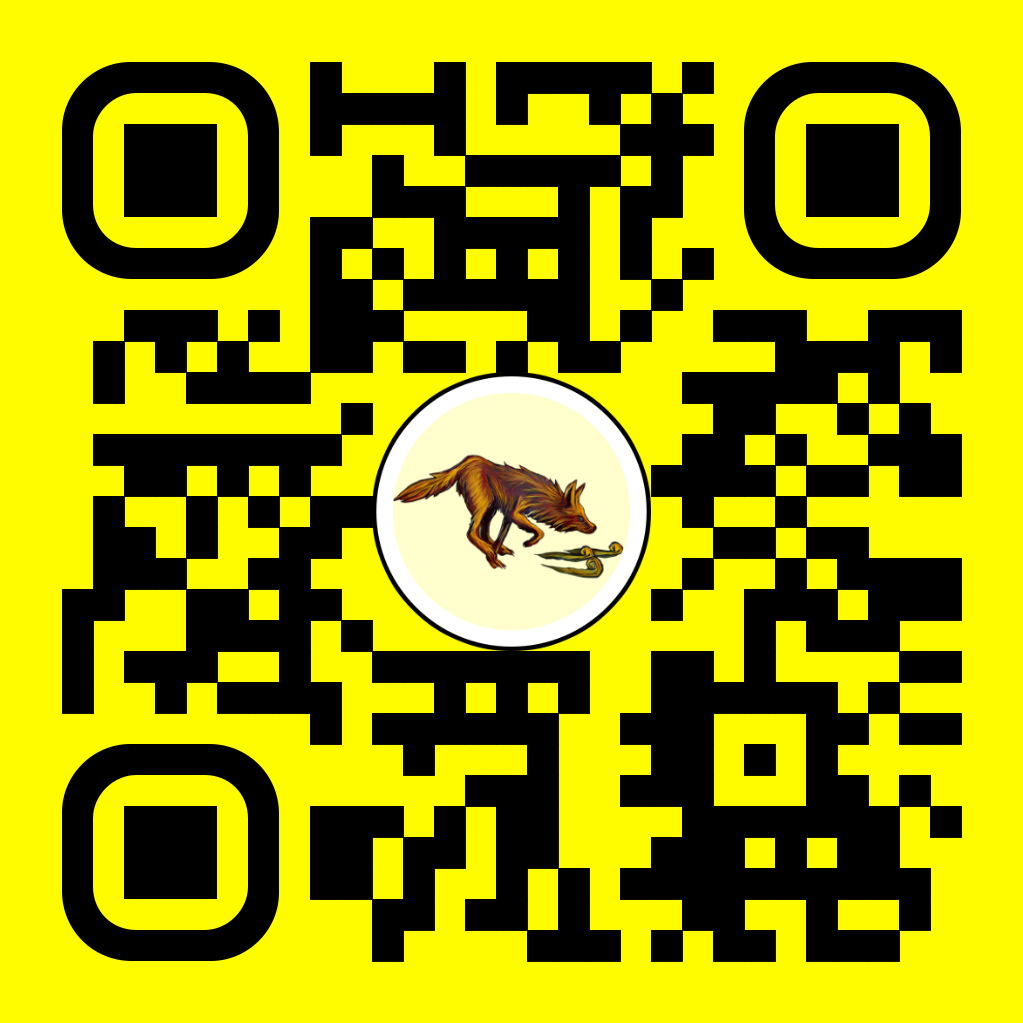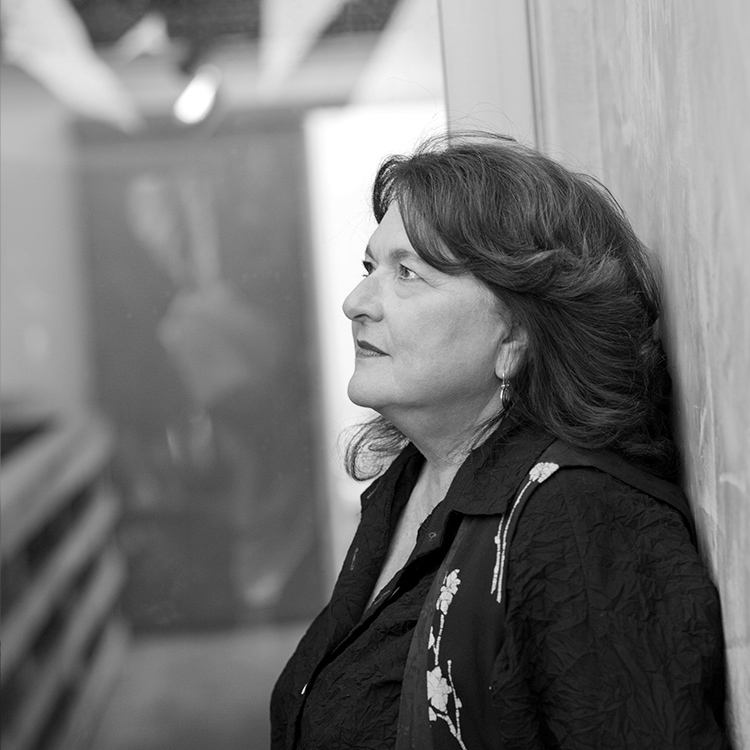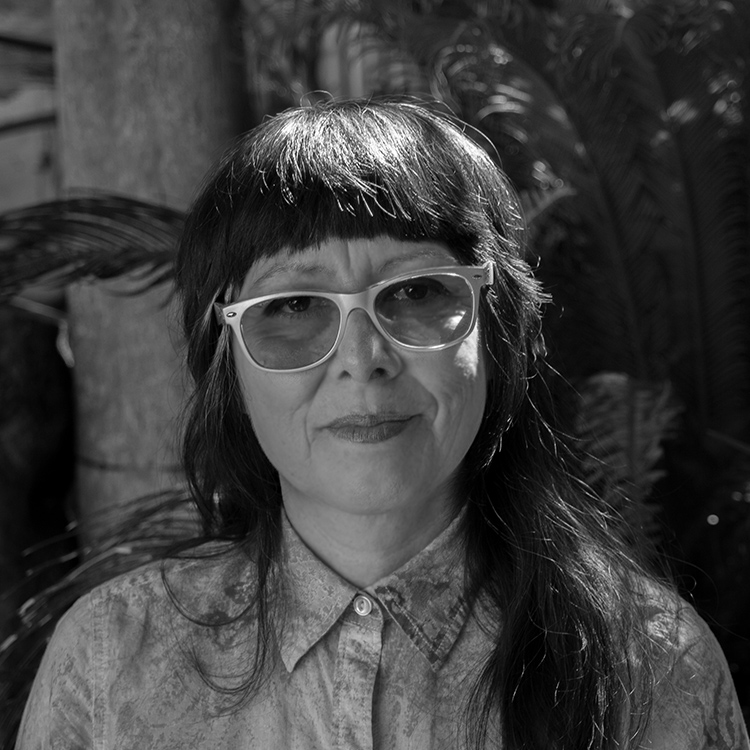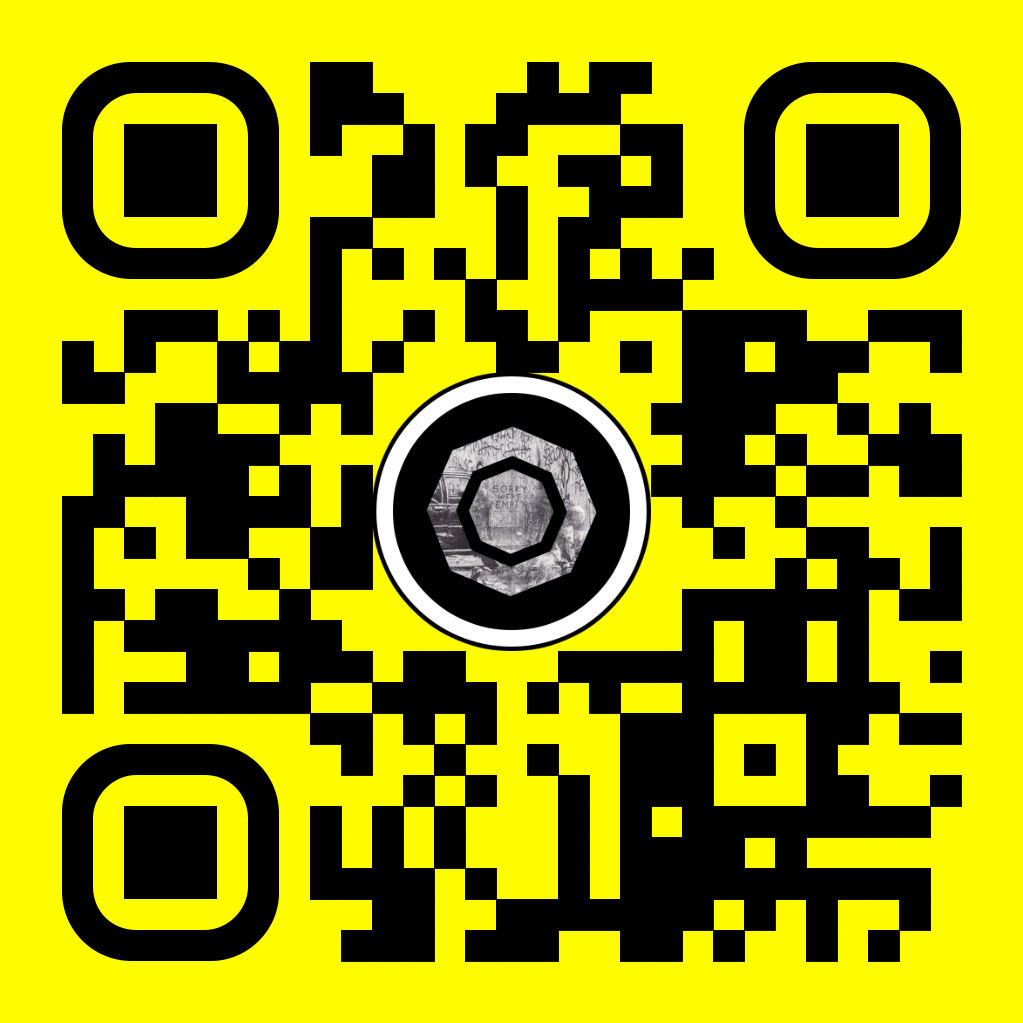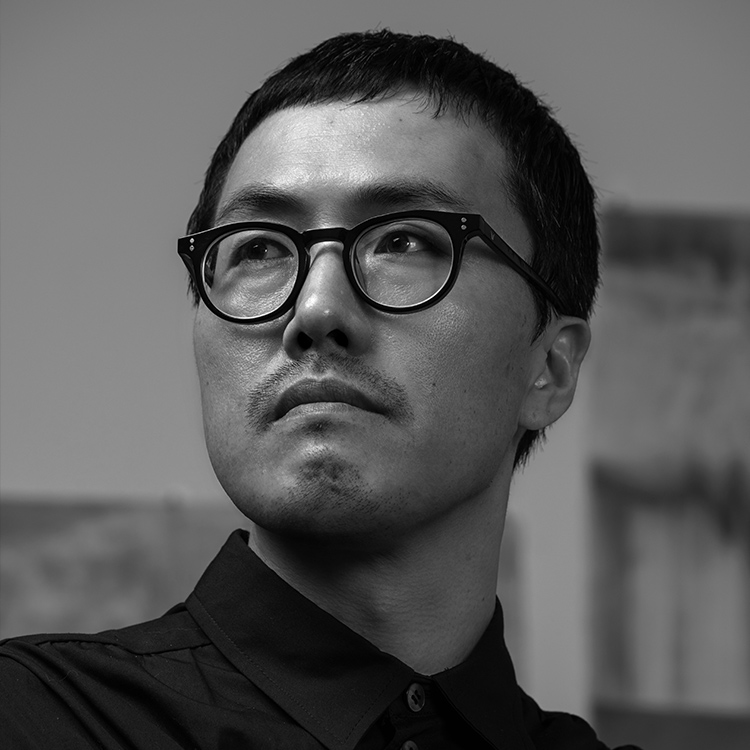LACMA × Snapchat: Monumental Perspectives (Collection II)
LACMA × Snapchat: Monumental Perspectives (Collection II)
Monumental Perspectives brings together artists and technologists to create augmented reality monuments that explore just some of the histories of Los Angeles communities in an effort to highlight perspectives from across the region. In consultation with community leaders and historians, the second cohort of artists, Judy Baca, Sandra de la Loza, and Kang Seung Lee, examine changing landscapes and memory as a way to connect the past and the present through augmented reality experiences.
Visitors can experience the augmented reality monuments at site-specific locations across Los Angeles including Earvin “Magic” Johnson Park, Algin Sutton Recreation Center, and The Great Wall of Los Angeles. he monuments can also be experienced by anyone around the world on Snapchat by searching in Lens Explorer or scanning the QR codes below. Read on to learn how to experience the virtual monuments, and see last year's Monumental Perspectives Collection I here. The most recent Collection III monuments can be found here.
There are a total of 13 monuments placed throughout Los Angeles, each activated over several years in series of three collections.
Collection I: Information about three monuments here.
Collection II: All three monuments are listed on this page.
Collection III: Information about five moments here.
LACMA × Snapchat: Monumental Perspectives is made possible by Snapchat. Major support for the initiative is provided by the Mellon Foundation.

- Apr 13, 2021–Jun 30, 2024
- Various locations throughout Los Angeles County via Snapchat
LACMA × Snapchat: Monumental Perspectives is made possible by Snapchat. Major support for the initiative is provided by the Mellon Foundation.

